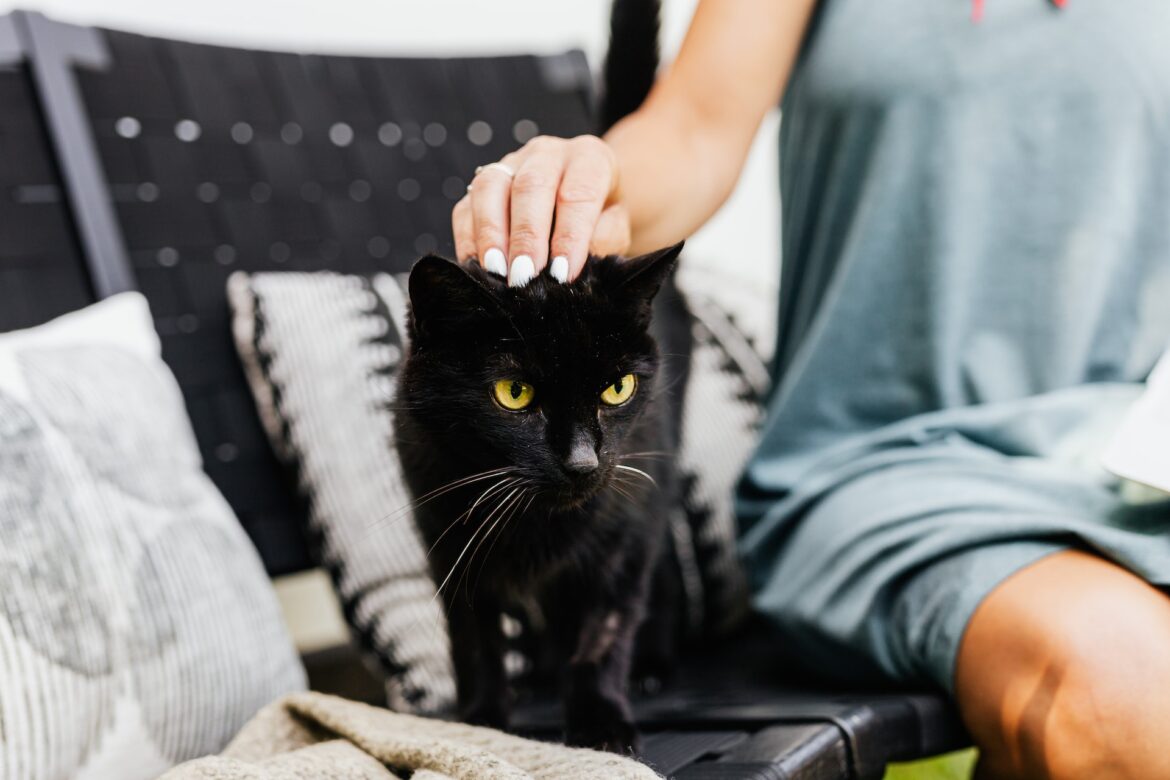How to Introduce a New Kitten to a Resident Cat?
Introduce a new kitten to a resident cat, Introduce new kittens slowly into your existing cat household to reduce stress levels. Allowing both cats to become familiar with each other’s scent before allowing them to meet each other can be particularly effective.
Start by giving your current cat something that smells similar to its new kitten (such as a blanket or toy with its scent rubbed in). Leave this around their room, so they can familiarize themselves with them without actually seeing them.
Keep the Cats Separate
After several days have passed, keep the new cat in a room apart from your resident one until he or she becomes acquainted with its scent and can view it safely from a distance. If all cats seem comfortable together, you could open doors or windows between them to allow short periods of visual contact via screens or baby gates.
Your resident cat(s) likely feel as if they own the house, making a new kitten feel threatening to them. Therefore, it’s wise to establish a base camp for the newcomer for a few days, with his or her favorite bedding, toys, food/water bowls, litter box, and hiding spaces available to him or her.
As another way of introducing your new cat’s scent to existing cats, try placing a washcloth or sock with its scent into their territory to familiarise them with his/her smell and face. This may help them learn what their new companion smells like as well.
Give Each Cat Their Own Space
Cats can be territorial creatures and may react poorly when introduced to new kittens of any breed or age; for this reason, you should give each of the resident cats and the new kitten separate spaces within your home for at least several days after arrival.
Establish an area for your new cat, preferably behind a door that your existing one does not access, that has all its necessities: food, bedding, toys, and a play area. This area will become her “base camp” during her first few days at home. Try swapping bedding between both cats, swapping blankets between them both, and rubbing a washcloth or sock across their faces so that both cats become familiar with one another quickly.
Over the next several days, separate the cats for playtime and mealtime using only the base camp room. When neither cat displays aggression or fear during this period, gradually increase the amount of space each has to roam freely in one other’s territory.
Give Each Cat Their Toys
Once both cats are settled into their new homes and provided with enough toys, bedding, food bowls, hiding spaces, water bottles, and human attention they will begin playing together – this may take from hours or even months.
Step two of introducing two pets involves giving each of them time to observe each other from opposite sides of a baby gate or pet carrier (if available). You could encourage spending time together by offering treats or playing with feather toys; doing this over a few days will allow them to become familiar with one another’s scents and build confidence in both.
Adult cats can sometimes resent newcomers and may act aggressively toward kittens. If this occurs, try distancing yourself for a short while until the behavior subsides; then step back a few steps and try again slowly; if this does not work out well consider adopting another kitten from a shelter or returning the original one home as finding the appropriate homemate is essential to their wellbeing and health.
Give Each Cat Their Food
To reduce stress on both cats, attempt to keep as much of their normal routine intact as possible. This will enable the resident cat to feel at ease around its new addition and may reduce any hostile responses they might have towards him or her. Keep the new cat in a room that isn’t occupied by its counterpart and make sure they both have access to food, water, litter trays, and toys – giving both times to adjust to each other without facing one another directly. Best homemade cat food Recipes for sensitive stomach
If possible, use a towel containing the scent of the new kitten and rub it against her bed to let her sniff it. Start swapping food bowls between them to associate each other’s scents with positive eating experiences, once that process has taken place, move onto visual contact. It could take days or even weeks before both cats fully accept each other, but with patience and planning they could soon become best buddies.
Give Each Cat Their Bed
Keep your kitten separated from any resident cats for the first few days until introducing them together, ensuring the room has access to a door with which you can close so as not to cause unnecessary confrontation between the two cats that could lead to aggression or fights.
Step two is designed to introduce the scent of your new kitten without directly encountering her/him. For example, swap blankets or toys between them or use a washcloth/sock rubbed over its cheek to collect its scent before giving it to your resident cat. Feed your adult cat something from the new kitten’s space (such as some of its food or treats) to form positive associations and foster recognition of it by your older cat, possibly leading to greeting it with friendly sniffs and welcome. Introducing two cats could take several days, but with patience and careful planning, they could soon become best buddies.

